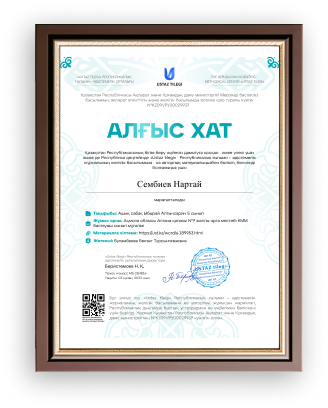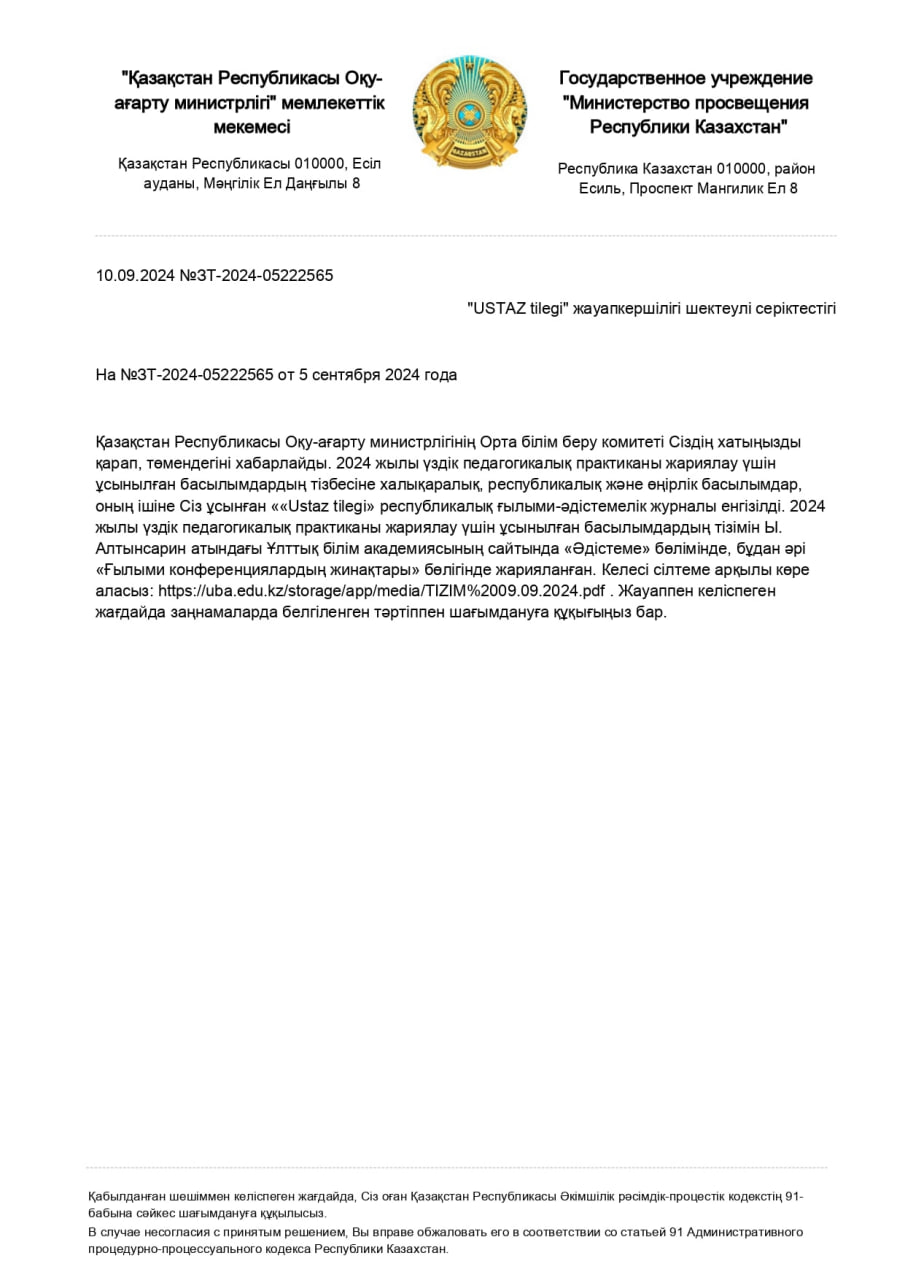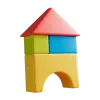|
Learning
objectives(s)
|
3.1.6.1 understand some specific
information in short, slow, carefully articulated talk on routine
and familiar topics
3.1.9.1 recognize the spoken form of
familiar words and expressions
3.2.1.1 make basic statements related
to personal information, people and objects on familiar
topics and
classroom routines
3.3.4.1 begin to use with support a
simple picture dictionary
3.5.4.1 use determiners a, an, the,
some, any, this, these, that, those to identify
things
3.3.6.1 understand with considerable
and particularly visual support, some specific information in
short, simple texts on familiar topics;
3.2.6.1 use short answers
appropriately in short, basic exchanges and take turns when
speaking with others in a limited range of short, basic
exchanges.
|
|
Greeting
Organization
moment
Warm
up
7
min
|
Pre-learning
(W)
Teacher greets the class and
suggests playing the warm-up game with the learners. Teacher
explains the rules for this game.
Teacher makes different
movements with the bottle in his hands, students must repeat these
movements.
The teacher introduces the
objectives of the lesson.
Teacher checks up hometask:
ex: 5 p.55
Teacher divides students into
2 groups with the help of QR codes.
|
Students respond to
greeting
Students must repeat these
movements
Students are divided into 2
groups with the help of QR codes:
1st
group
“Kazakhstan”
2nd
group “United
Kingdom”
|
Individual

|
Slide (useful
phrases)
PPT
Random
Wheel
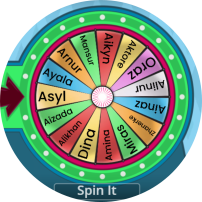
|
|
Main
activities
3min
7min
5min
5 min
7 min
3min
|
The main part of the
lesson.
Reading
task
Read the dialog and find
places from pictures that given in the
dialogue.
Mom:
What do you want to do at the
weekend? Holly:
Can we go to the shopping
mall?
Leo:
Oh no!
Amy:
Can we go to the sports
center?
Max:
But we always go to the sports
centre!
Max:
Can we go to the
museum?
Holly:
I don't like
museums!
Leo:
We never want to do the same
things!
Dad:
Surprise! I have tickets for a new movie at
the cinema this weekend!
Amy and Leo:
Great!
Max and
Holly: Wow, thanks,
dad!
Mum:
So, now you want to do the same
things!
Task 2.
Game solve the
crossword
Task
3
Writing
task
Write the correct
words
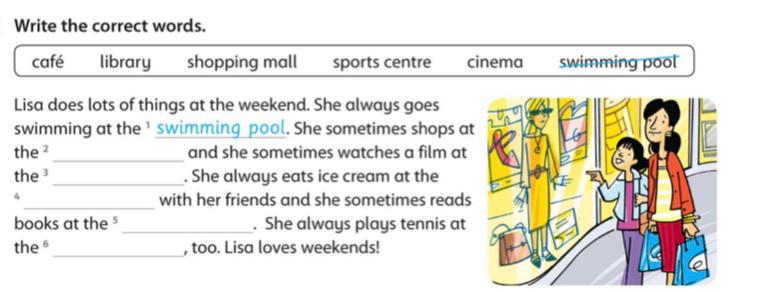
Task 4.
Listening
task
Teacher turn on the song “Come and play with
me” then students should put the correct words in the
text
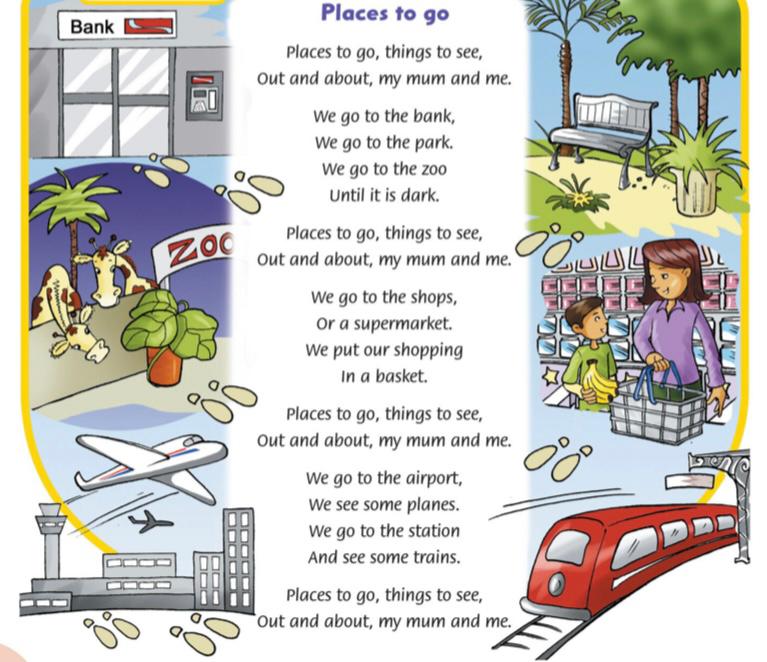
Task 4.
Speaking
task
"Take an
umbrella"
method
each student comes out, takes an umbrella and
scrolls it. and they should make a correct sentence that is before
him. Sentences about preposiyions of
time(at,on,in).
Task 5: Project
work
Prepositions
moon
Find correct prepositions of
time.
|
Students read the
dialogue:
Mom:
What do you want to do at the
weekend? Holly:
Can we go to the
shopping
mall?
Leo:
Oh no!
Amy:
Can we go to the
sports
center?
Max:
But we always go to
the sports
centre!
Max:
Can we go to the
museum?
Holly:
I don't like
museums!
Leo:
We never want to do the same
things!
Dad:
Surprise! I have tickets for a new movie at
the cinema
this weekend!
Amy and Leo:
Great!
Max and
Holly: Wow, thanks,
dad!
Mum:
So, now you want to do the same
things!
Students do writing
task
Students put the correct words in the
text
.Students listen to the song
twice, then they will sing a song.
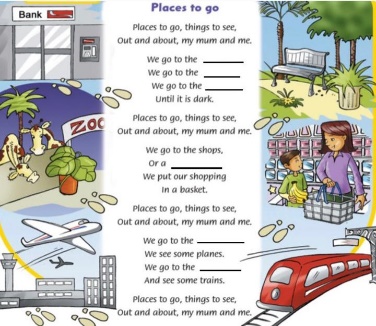
Students
should make a correct sentence
that is before him.
Students work in groups. They
find correct prepositions of
time.
|
Dollar
Formative
assessment
Dollar
|
Whiteboard
Flashcards
poster
task
paper
https://youtu.be/nNBIOaOqM-o
Umbrella


 
|
|
End
3min
|
Home
task.
Ex.4
p.60.
Students express their
attitude to the lesson and give self-assessment using
the method:
“Medal”
Students are assessed using the dollar
method. Each student counts his earned dollar, and writes on the
board where there is a photo of
“wallet”.
|
Students give feedback for the
lesson. If they like today’s lesson, they hang
1st
place medal, if they
understood generally they hand
2nd
place medal and if lesson was
difficult for them they hang 3rd
place
medal.
|
Dollar

|
Slide
(Homework)
Method “Medal” for
feedback
|
|
Differentiation
can be
achieved
through content (Based on the theory
of Multiple
Intelligences different tasks are used with
the same text).
By
support:
Less able
learners will be supported through
step-be-step instructions, glossaries, thinking
time.
By
task:
For
more able
learners additional leveled tasks are
offered.
|
Assessment
criteria:
|

